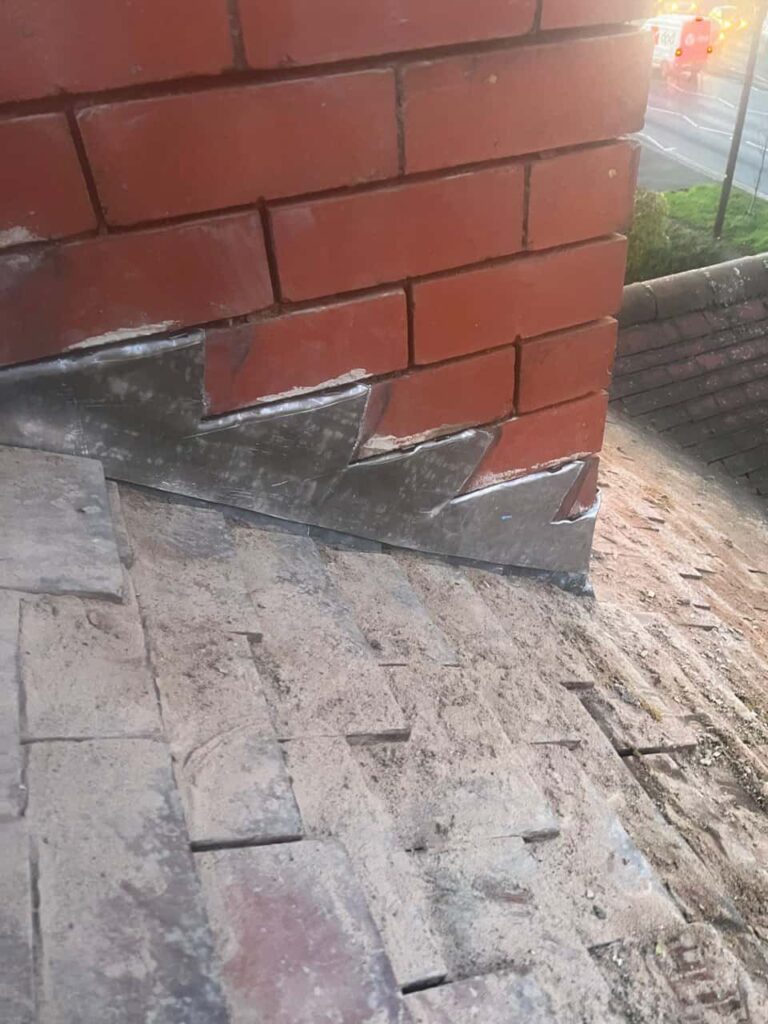Introduction: At Hassocks Roofing Repairs, we understand the challenges that heavy rainfall can pose to your roof’s integrity. Ensuring your roof is prepared to withstand torrential downpours is crucial in preventing leaks and water damage to your home. Here are practical tips and techniques to safeguard your roof during periods of heavy rainfall:
1. Regular Roof Inspections
Regular inspections are essential to identify potential vulnerabilities before heavy rainfall:
- Schedule Inspections: Arrange for professional roof inspections annually and after severe weather events to detect early signs of damage.
- Check Roofing Materials: Inspect shingles, tiles, or metal roofing for signs of wear, cracks, or loose components that could compromise waterproofing.
2. Maintain Gutters and Downspouts
Properly functioning gutters and downspouts are vital in directing water away from your roof and home:
- Clear Debris: Remove leaves, branches, and other debris that can clog gutters and inhibit water flow during heavy rainfall.
- Check for Clogs: Ensure downspouts are clear of debris and direct water at least 6 feet from the foundation to prevent water pooling.
3. Seal Roof Penetrations and Flashings
Roof penetrations and flashings are common entry points for water during heavy rainfall:
- Inspect Sealants: Check and replace deteriorated caulking or sealants around vents, chimneys, skylights, and other roof penetrations.
- Repair Flashings: Ensure flashings are securely fastened and in good condition to prevent water intrusion at junction points.
4. Trim Overhanging Branches
Overhanging tree branches can pose a risk of damage to your roof during storms:
- Trim Branches: Prune back overhanging branches to prevent them from rubbing against the roof or breaking off and damaging roofing materials during heavy winds.
- Maintain Trees: Regularly maintain trees near your home to reduce the risk of falling branches or debris during storms.
5. Consider Roof Coatings
Applying a waterproof roof coating can provide an additional layer of protection:
- Choose Suitable Coatings: To enhance waterproofing and extend the lifespan of your roof, select coatings appropriate for your roof type (e.g., asphalt, metal) and climate conditions.
- Professional Application: Hire qualified professionals for roof coating application to ensure proper adhesion and effectiveness against heavy rainfall.
6. Monitor Attic Ventilation and Insulation
Proper attic ventilation and insulation can help regulate temperature and humidity levels, reducing the risk of condensation and moisture buildup:
- Inspect Ventilation: Ensure vents are unobstructed and functioning correctly to promote airflow and prevent moisture accumulation.
- Check Insulation: Verify insulation is adequate and properly installed to maintain a consistent temperature and minimise heat loss, which can contribute to ice dams and leaks.
7. Emergency Preparedness
In case of severe weather warnings, take proactive measures to protect your roof and home:
- Secure Loose Items: Anchor or store outdoor furniture, decorations, and equipment to prevent them from becoming projectiles during high winds.
- Emergency Kit: Prepare an emergency kit with essentials such as flashlights, batteries, first aid supplies, and contact information for roofing professionals in case of roof damage.
Conclusion: Preventing roof leaks during heavy rainfall requires proactive maintenance and preparation. By implementing these tips and techniques from Hassocks Roofing Repairs, you can enhance your roof’s resilience and minimise the risk of water damage to your home.
Call us on: 01273 092 097
Click here to find out more about Hassocks Roofing Repairs
Click here to complete our contact form and see how we can help you with your roofing needs.

